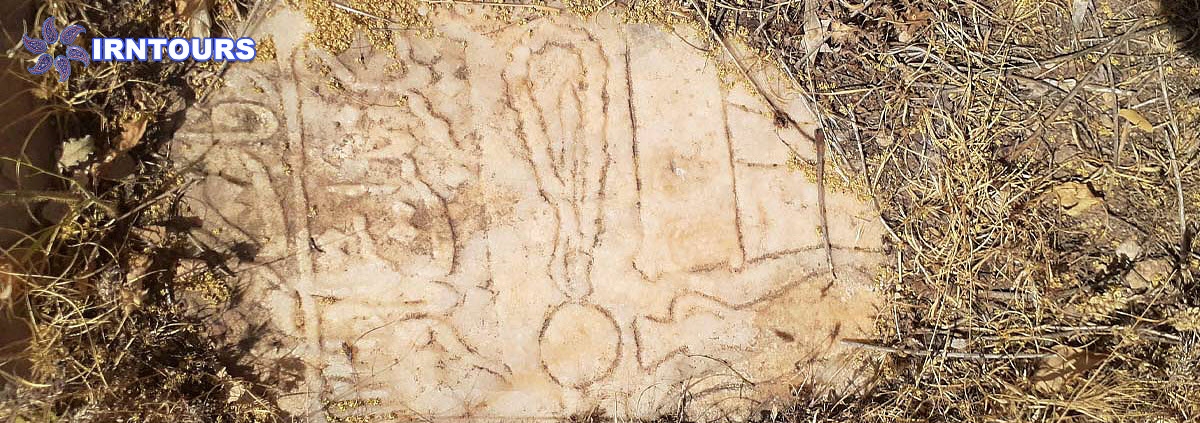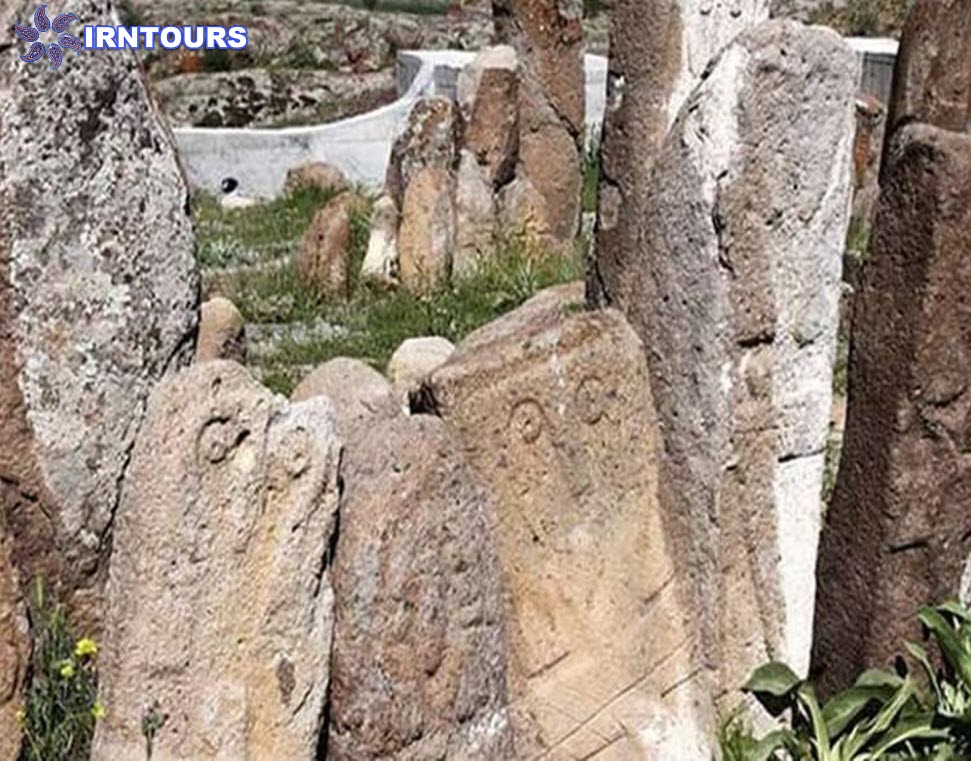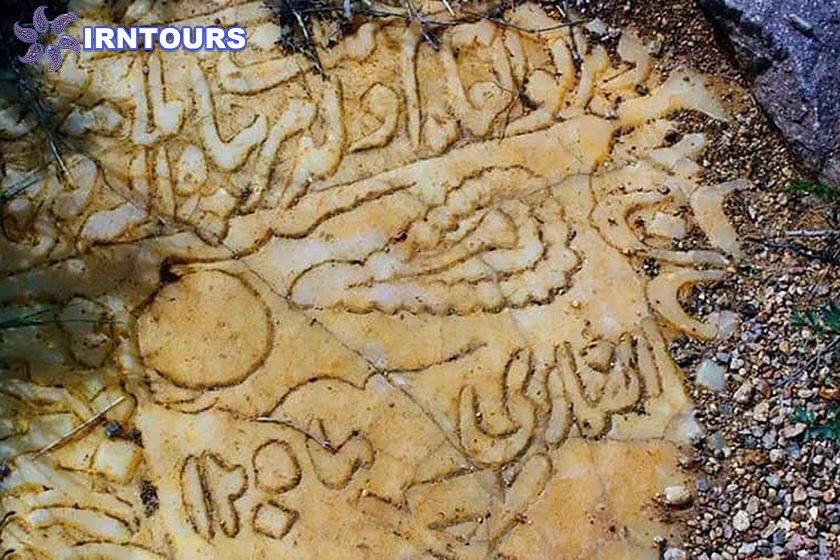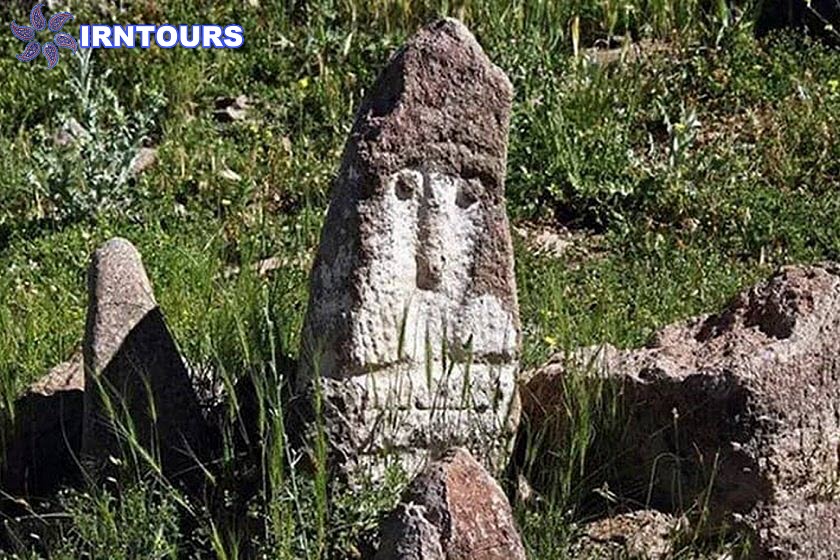About Dansfahan Cemetery
- Buin Zahra city and its adjacent areas are considered to be one of the oldest inhabited and civilized areas of the country and Asia. Every part of the soil of this region contains unique ancient and historical sites. The ancient civilization of “Segzabad” is considered as one of the oldest inhabited areas and a single succession of humans in the plateau of Iran, among the most telling examples of the ancient civilization of this region. The historical and cultural value of Buin Zahra is not only limited to the pre-Islamic periods, and its cultural richness continues in the post-Islamic centuries in all its aspects, including Islamic art.
Apart from the architecture of valuable and ancient historical buildings in Buin Zahra, Dansfahan cemetery is considered one of the beautiful manifestations of art and social customs in this region due to the presence of tombstones with carvings and calligraphy.
Unfortunately, this valuable historical area has suffered a lot of damage during many years, especially in recent years, from the traders of historical objects; In such a way that the need for protection has doubled more than before.
Dansfahan cemetery is one of the famous places in Qazvin, which contains beautiful and rare tombstones that are more than three centuries old. These tombstones are engraved with various motifs such as rosary, ring, seal, needle, scissors, minaret, garland, etc. Drawing various motifs on people’s tombstones often has two messages and meanings, i.e. the survivors’ respect for the deceased, gender and occupation of the deceased. Despite the high historical and artistic value, this cemetery has remained unknown not only in the country, but also in Qazvin province, and the passage of time, inattention of officials and profit seeking are among the threatening factors. - Dansfahan cemetery is located in Motahari neighborhood on Shahid Zainuddin Street.
- Address: Qazvin province, Buin Zahra city, Dansfahan city, Motahari neighborhood, Shahid Zainuddin street
History of Dansfahan Cemetery
The author of the book “History of Islam in the Caucasus and Central Asia” believes that the Dansfahan cemetery is about three centuries old. The construction of this type of tombstone with this type of look and symbols originates from ancient “shamanistic” and “totemist” beliefs. Shamanism means “gnosticism” and is considered one of the oldest and deepest customs of thought and thought among humans.
The Shahsons of Buin Zahra and Dansfahan regions were among the tribes that, according to historical accounts, had Manic and Shamanist visual religions in the ages before the advent of Islam. In these dominant religions, the concepts were conveyed to their followers through painting, color and display.
Later, the shamanist belief disappeared in tribes like the Shahson tribe, and these tribes were among the first groups to convert to the Shia religion. From shamanism and manicism, only a corner of their traditions remains, and the inscriptions on the graves of Dansfahan cemetery are one of them.
A similar and older example of shamanism among Iranian tribes can be seen in the cemetery of the ancient and mysterious city of “Yeri” in Meshginshahr city, which is very similar to Dansfahan cemetery in terms of symbolism on the tombstones.
The design of graves in Dansfahan cemetery
The tombstones of Dansfahan cemetery are engraved with strange and unusual motifs such as rosary, ring, seal, glass jar, jar, needle, spindle, scissors, minaret and garland, Qur’an scroll, etc. These motifs are found on most gravestones and the older the stones are, the number of motifs on them increases. These engravings tell about the respect of the survivors to the deceased; For example, the pattern of the minaret and garland, the Qur’an scroll, the rosary, the ring, and the seal show that the deceased was a faithful person throughout his life. Also, these motifs somehow refer to the gender and occupation of the deceased; As seen on the graves of women, the image of a spinning wheel or scissors.
The variety and quality of the lines on the tombstones are other noteworthy points about this cemetery; So that most of them are dedicated to calligraphy. Lines have a beautiful variety; The edge of the tombstone often has inscriptions and the middle surface of the stone is mostly engraved with poems and information in Nashq, Rehan and even broken Nastaliq lines. The pattern of Islamic lines on these tombstones represents the Islamic influences that can be seen in most of the old tombstones of Iran.
The lines on the stones are executed in different styles and methods, which shows the mastery of its creators; To the extent that each of the stones are equal to the calligraphy panels of contemporary Qahar masters.
Sightseeing places around Dansfahan cemetery
- Dansfahan Gardens Alley : Dansfahan is known for its green and old garden alleys, and therefore many nature lovers and tourists travel to Dansfahan every year. The beautiful and unspoiled nature of Dansfahan is spectacular not only in spring, but in all seasons of the year.
- Dansfahan Protected Area : This area with an area of 27,000 hectares is located in the south of Boyin Zahra-Hamadan road. This area was declared as a protected area in order to preserve the bird population of the area and revive the extinct species. In the past, indiscriminate hunting of deer, ram and sheep species in this area led to their extinction. The population of birds in this area has increased due to environmental management.







